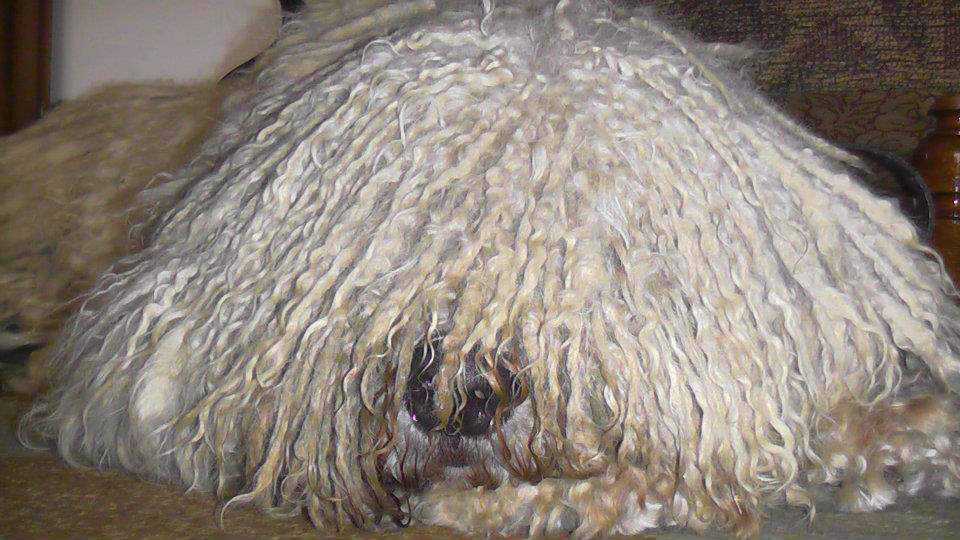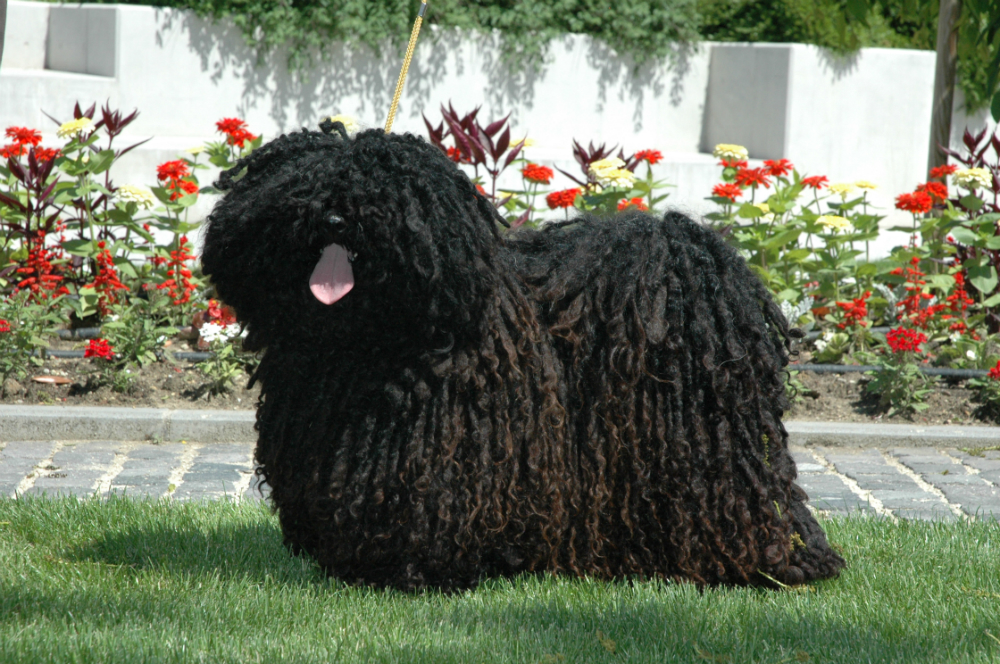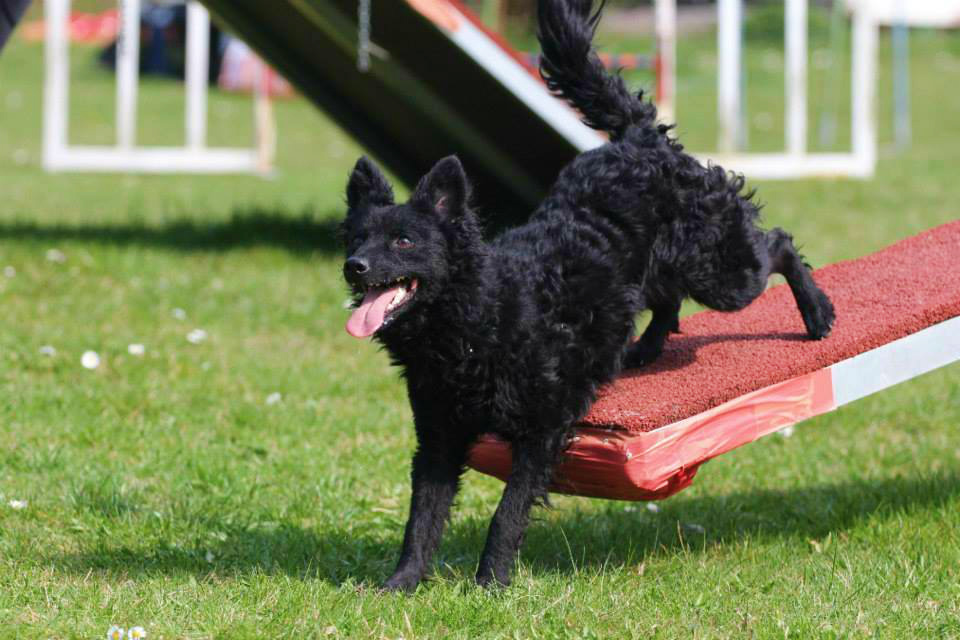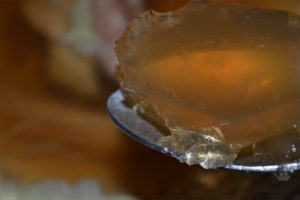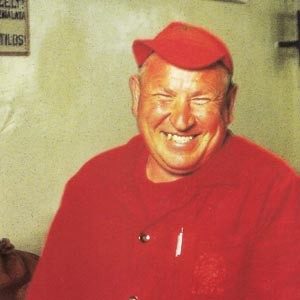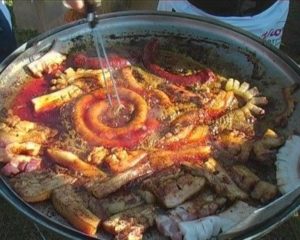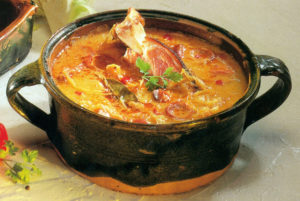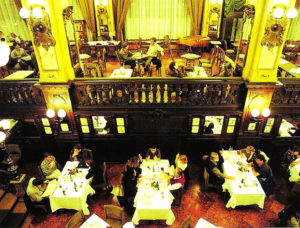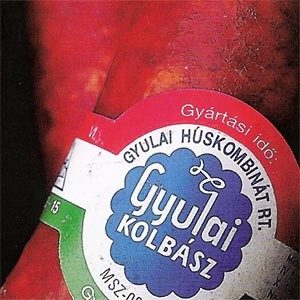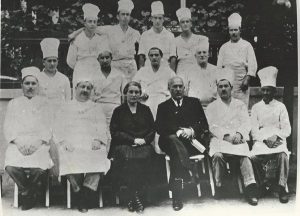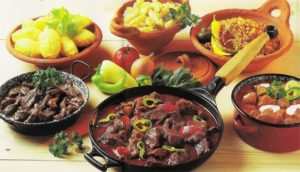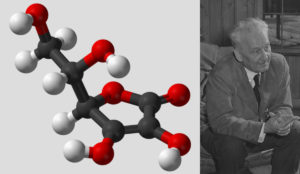Hungarian shepherds and hunting dogs
Hungarian dog breeds are important parts of the Hungarian culture and life, and the achievements of the centuries-old work of Hungarian breeders are a source of pride.
The main objective of the breeding organizations currently in operation is to make Hungarian breeding as controlled and secure as possible. This will help to screen out hereditary diseases so that the herd is made up of healthy, pure-bred animals and that these special breeds are maintained for the benefit and pleasure for their owners as long as possible.
Let’s get to know the Hungarian shepherds and hunting dogs!
Komondor
Komondor is one of the most well-known Hungarian breeds of sheepdogs in the world and has been bred for the longest time in its present form. Unlike most sheepdogs, the task of the komondors was never to herd – but to protect the flock from predators and thieves, since the most important asset of our ancestors was the livestock. Its white color was of great use to distinguish it from the attackers during the night watch.
Kuvasz
Of the Hungarian dog breeds, the kuvasz is one of the oldest flock-guarding dogs, perhaps even more ancient than the komondor. With the end of professional pastoralism, he became a flock dog of ranches and rural mansions.
Like the komondor, the kuvasz is not a herding dog, but a guarding sheepdog, and has long been used as a hunting dog for hunting bears, bison and aurochs. Nowadays it is mainly used to guard farms and houses, but because of its respectful appearance and noble beauty, it is increasingly considered a pet.
Puli
Puli is the world’s best-known herding dog among Hungarian breeds, it’s been bred in an organized way for about 100 years. Today’s puli ancestors were the most loyal helpers of shepherds, and the puppies could even worth a cow. Hardened by difficult conditions, puli is still a persistent and resistant breed of dog. Even nowadays it is so popular and famous that the founder of Facebook adopted one too.
Pumi
The pumi have also gained a reputation similar to puli’s, and our world-renowned and respected herding dog is part of our national heritage. Excellent companion and sports dog, and a dateless clown.
Hungarian vizsla
The short-haired Hungarian vizsla is one of the most well-known Hungarian hunting dogs in the world , formed from the cross-breeding of several breeds. It is ancient, even helped our conquering ancestors, following them all the way to the Carpathian Basin.
Wirehaired Hungarian vizsla
The wirehaired Hungarian vizsla is a very rare, protected Hungarian hunting dog breed, bred from the stronger-haired Hungarian vizsla and the wire-haired German vizsla. It is a relatively new breed, since it was only officially recognized in 1966 by the Fédération Cynologique Internationale (FCI).
Transylvanian hound
The Transylvanian hound is currently the most endangered breed of Hungarian dogs. Our ancestors used hounds to help them during their hunts. After the settlement in the Carpathian Basin, these hounds were mixed with the other dogs living here, e.g. Celtic hounds. During the reign of the Árpád-Dynasty, a Pannonian hound was bred (now extinct), which can be considered the predecessor of both the Transylvanian hound and the short-haired Hungarian vizsla.
Mudi
Mudi is one of the rarest, least known Hungarian breeds of shepherd dogs. It was known among herders as the German puli, but nowadays it is rarely seen alongside flocks. Compared to other purebred dogs the mudi may seem like a simple mixture at first glance, and its hair is much shorter than that of other sheepdogs. Mudi is an easy-to-learn, highly intelligent animal, a real eager beaver.
Hungarian greyhound
The Hungarian greyhound is perhaps the least well-known Hungarian dog breed, and has been on the brink of extinction more than once. Today’s Hungarian greyhound is not the same as the historical Hungarian greyhound.
It has a much stronger bone structure, a more characterful head and larger ears than its better-known English relative. Strong, fast, tenacious, and unlike the English greyhound, it can run in harsh soil conditions too.
Photo?
kovesbercibetyarkennel.weebly.com



